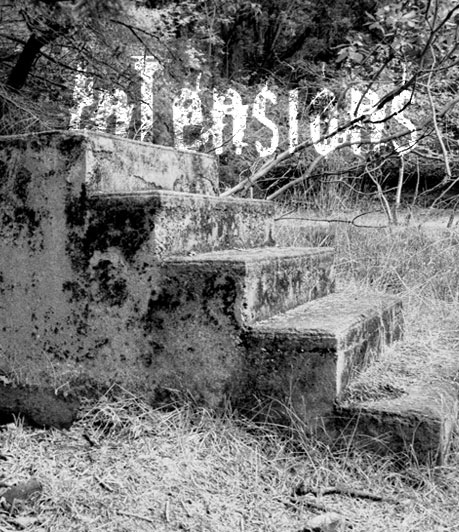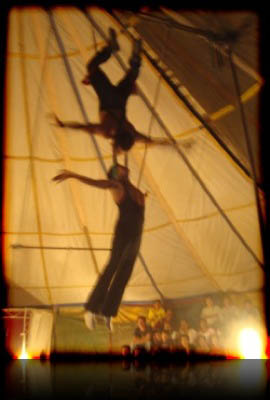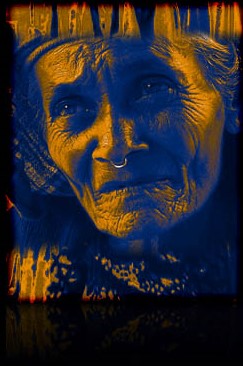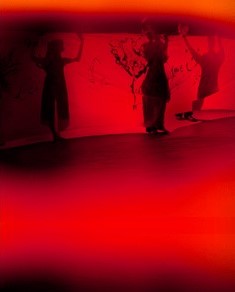Pesticide, Performance, Protest: The Theatricality of Flesh in Nicaragua
DOI:
https://doi.org/10.25071/1913-5874/37319Abstract
This paper explores affliction in the intersection between the human body, social violence and theatricality. It argues that in Nicaragua, ‘victims’ of pesticide contamination wield their suffering flesh as theatrical weapons. Banned in the USA as early as the 1970s, but used since in banana plantations by multinational companies in many developing nations, the pesticide nemagón has become the perfect metaphor for evoking structural violence in Nicaragua today. As a result of contact with the pesticide at least one thousand Nicaraguans have died to date. For several years now thousands of men and women, together with their families, have staged a number of public protests. Partaking in long highway marches of up to 140 kilometers from their communities in Northwestern Nicaragua to the capital Managua, setting up tent cities and performing other well-known spectacular protests, they have called attention to their social situation.
References
Amnesty International. 2007. 14 Sept. 2007 http://www.business-humanrights.org
Babb, Florence E. “After the Revolution.” Latin American Perspectives. Women in Latin America Pt.2 23.1 (1996): 27-48.
Booth, John A. “Socioeconomic and Political Roots of National Revolts in Central America”. Latin American Research Review Vol. 26.1 (1991): 33-73.
Chavez Metoyer, Cynthia. “Nicaragua’s Transition of State Power: Through Feminist Lenses” The Undermining of the Sandinista Revolution. Eds. Prevost, Gary and Harry Vanden. New York: St. Martin’s Press, 1997: 114-140.
Coronil Fernando and Julie Skurski 1991. “Dismembering and Remembering the Nation: The Semantics of Political Violence in Venezuela.” Comparative Studies in Society and History. Vol. 33, No 2, pp. 288 Ð 337.
Feldman, Alan. Formations of Violence: The Narrative of the Body and Political Terror in Northern Ireland. Chicago: Chicago University Press, 1991.
Field, Les W. The Grimace of the Macho Ratón. Durham, N.C.: Duke University Press, 1999.
Goffman, Irving. The Presentation of Self in Everyday Life. New York: Doubleday, 1959.
Goldstein, Daniel M. “The Spectacular City”. Violence and Performance in Urban Bolivia. Durham: Duke University Press, 2004.
Guevara, Alberto And Elysee Nouvet. “Where Heroes and Ideologies are Cast and Outcast: Changing Regimes and Public Spaces in Revolutionary and Post-Revolutionary Nicaragua.” Brujula (2006): 5
Meléndez Aguirre Denis "El Expediente de la Marcha sin retorno" Managua, 2005. Centro Humboldt Centro de Información y Servicios de Asesoría en Salud.
Rosenblatt, Daniel. “The antisocial skin: structure, resistance and ‘Modern Primitive’ adornment in the United States.” Cultural Anthropology 12 (1997): 287-334.
Seligson, Mitchell A. “Agrarian Inequality and the Theory of Peasant Rebellion.” Latin American Research Review. Vol. 31. 2 (1996): 140- 157.
Scheper-Hughes and Philip Bourgois Violence in War and Peace: an Anthology. London: Blackwell Publishing,2004.
Taylor, Diana. The Archive and the Repertoire: Performing Cultural Memory in the Americas. Durham: Duke University Press, 2003.
Lancaster, Roger. Life is Hard. Berkeley CA: University of California Press, 1992.
Virilio, Paul. City of Panic. Sidney: Berg, 2004.





